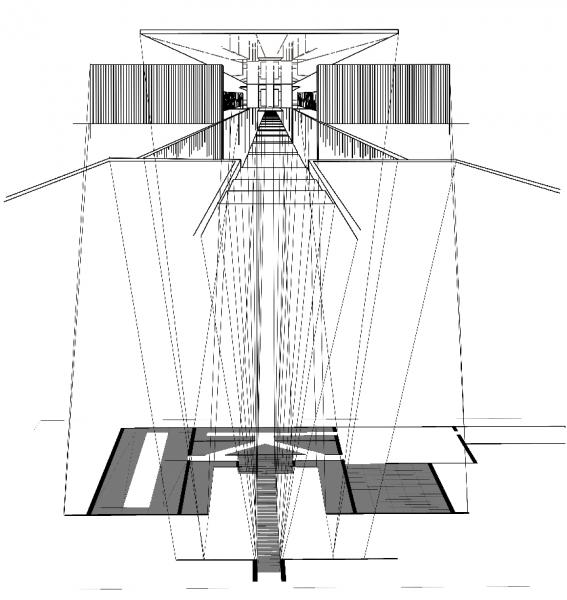



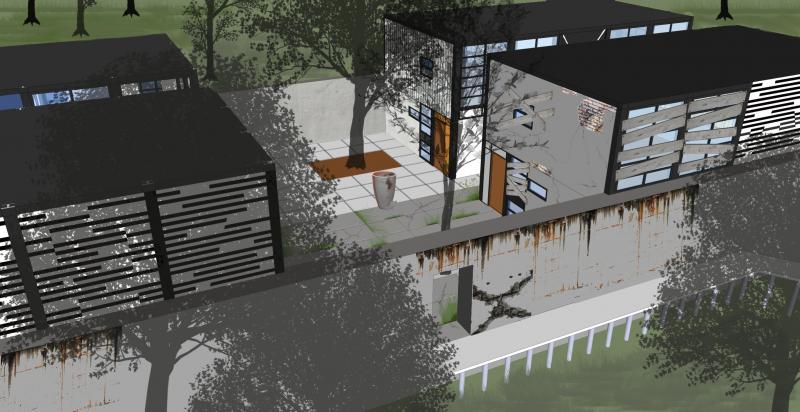
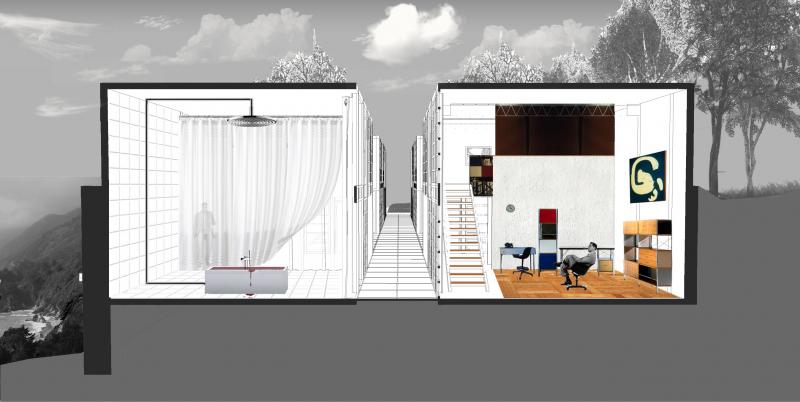
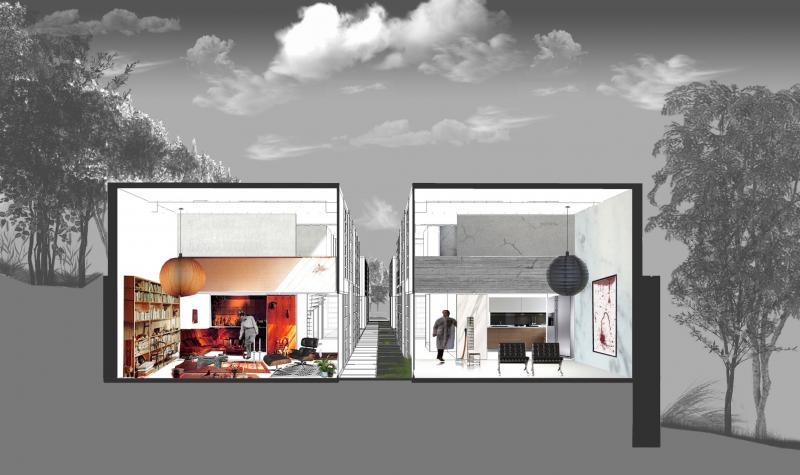
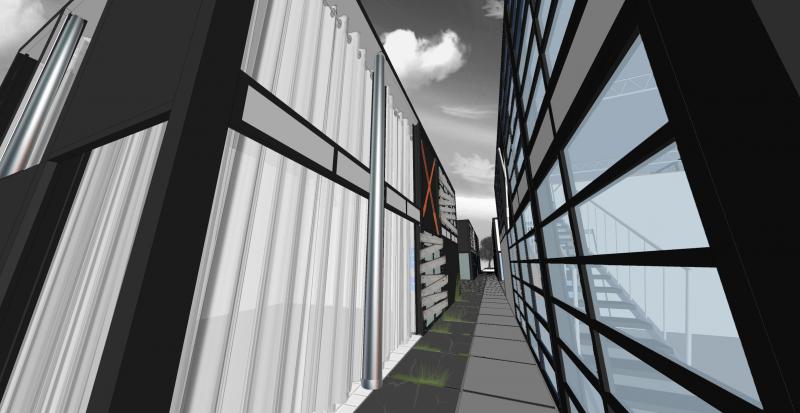

Understanding the whole tradition of copying in todays culture, as well as its us in the past, was one of the first things undertaken into understanding the many form that copying, replicating, re-enacting and reconstruction, etc.. come in. This year involved me undertaking the units brief of copying as well as the research done and combine together with my interest into modernist architecture. The journey also sparked of some interest into psychology as well as the use of horror movies as theme on which to build on. This year has thought me allot, in making me understand more the significance of copying, in that copying something in a xerox and copy & paste way is only the beginning, it's only whether you choose to further the copy to create something that is fresh and new. Of course it depends on you how much you wish to sustain the original sources presence, but in the world of design, simply copying and tweaking is the easy way out. Only by pushing the copy and transforming it in your own way or fashion do you begin to appreciate the usefulness of copying. This year managed to grasp this idea in many of my own experiments. Some did fail and where not pushed enough and required further investigation and progression, but more importantly that when it comes to copy or duplicating or whatever you want to call it, its all about persistence and redoing that we attain a copy that in itself becomes and original. My final project tries to encompass all these values by creating the phenomena of doppelgänger(an evil twin), in trying to communicate this relationship between the original and the copy, the serene and the fake and demonstrate this using a piece of modernist architecture; The Eames House.